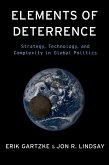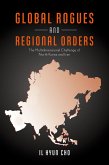
19,95 €
Sofort per Download lieferbar

19,95 €
Sofort per Download lieferbar
25,95 €
Sofort per Download lieferbar
eBook, ePUB
15. Juli 2020
Cornell University Press
Ähnliche Artikel


eBook, PDF
28. Januar 2020
Taylor & Francis eBooks


17,95 €
Sofort per Download lieferbar

10,95 €
Sofort per Download lieferbar


18,95 €
Sofort per Download lieferbar

21,95 €
Sofort per Download lieferbar

Ähnlichkeitssuche: Fact®Finder von OMIKRON

